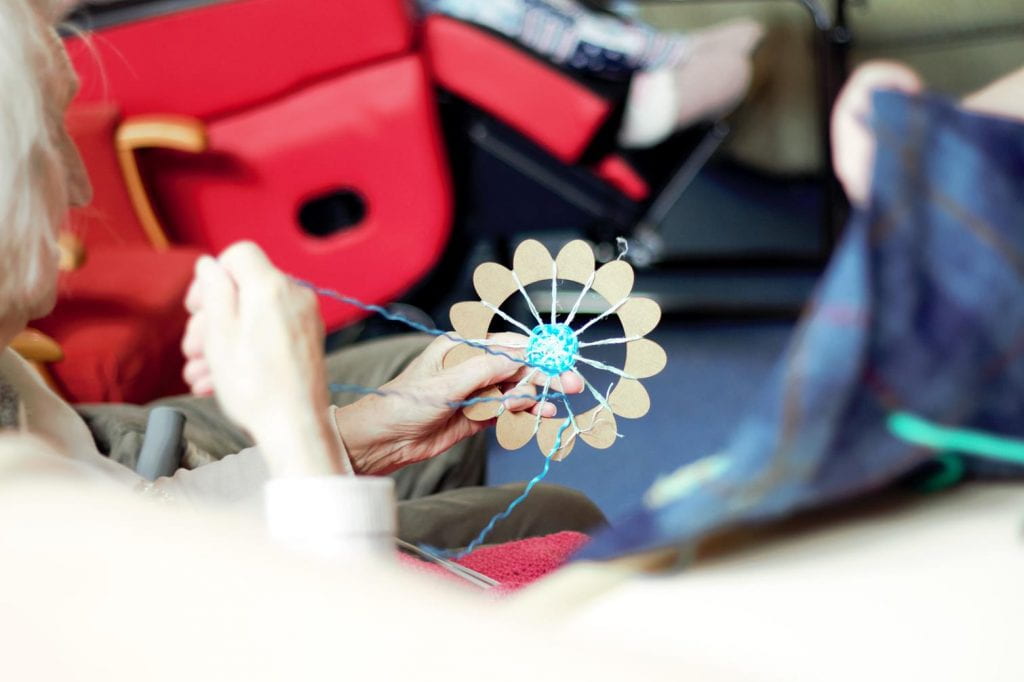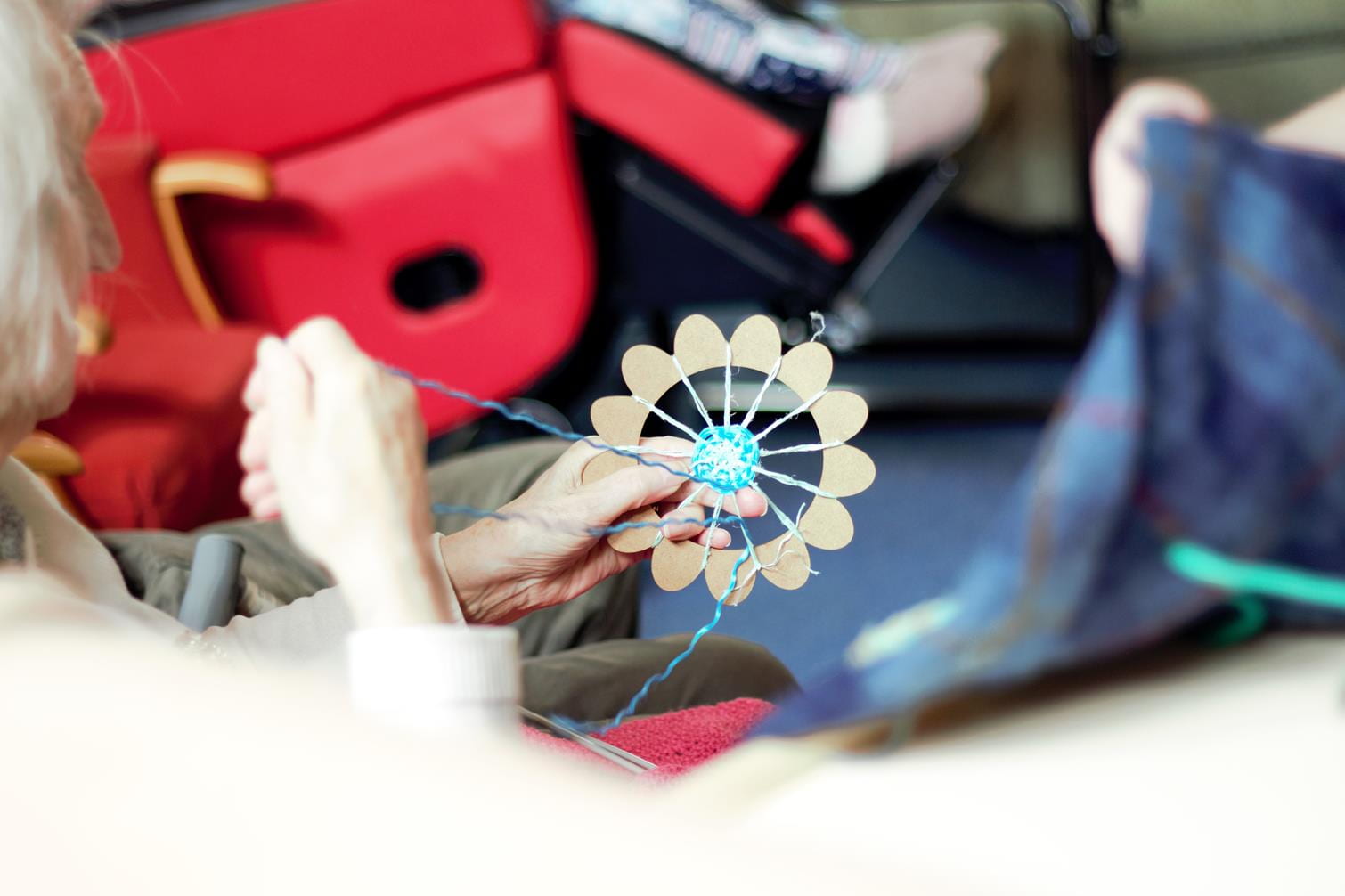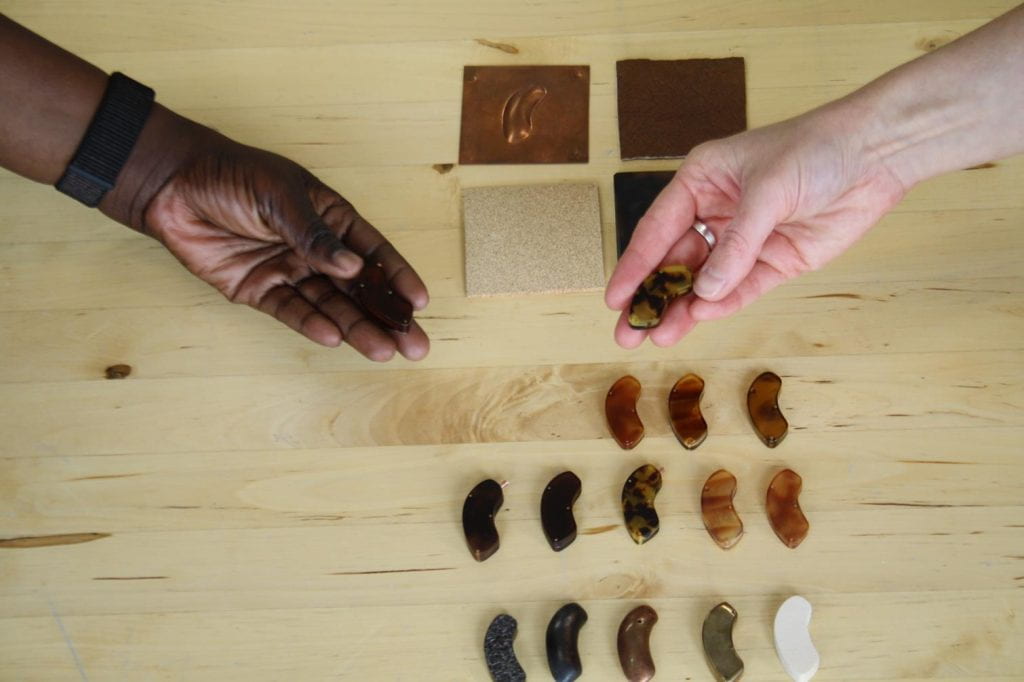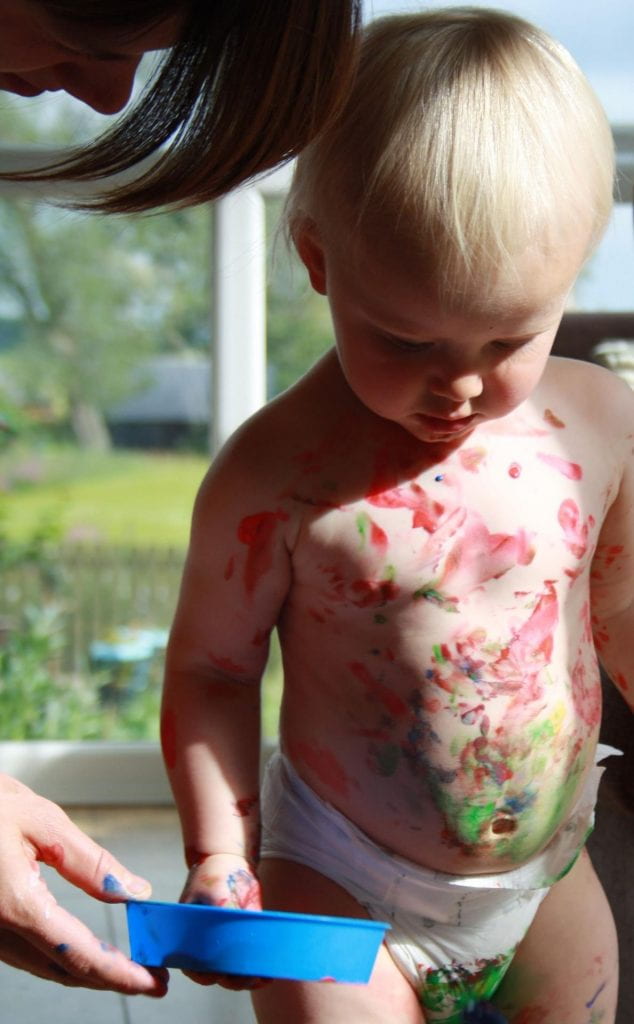The Doctoral Academy’s first Images of Research competition has now come to a close, with 25 eligible submissions for consideration by our expert panel. PGRs were asked to portray their research in a single image along with a 50 word description, providing a great way to showcase public engagement abilities, increase research profiles and get creative all at the same time.
Each entrant was asked to choose a research theme category that they feel matches their submission most closely. This year’s categories were based on our four interdisciplinary research themes:
- Understanding and improving health and wellbeing
- Life-enhancing creativity and design
- Innovating technological solutions to tomorrow’s problems
- Promoting social change to enhance diversity, justice and socio-economic prosperity
The Doctoral Academy has thoroughly enjoyed exploring the fantastic research being done by their PGRs through the images and short descriptions submitted, and the judges were very impressed with the quality of the entries and the variety of topics. In this blogpost, you’ll find the details of the winning entry and the two runners up. The #DundeeUniCulture blog will also be posting all 25 entries, including those that received the judges’ commendations for the best remaining entries in each of our four interdisciplinary categories, in future blogposts dedicated to each of the four research theme categories – so keep your eyes peeled!
First Prize
 Interactive Textiles for Wellbeing, Lucy Robertson (School of Art & Design)
Interactive Textiles for Wellbeing, Lucy Robertson (School of Art & Design)
Category: Understanding and improving health and wellbeing
This PhD research brings together making, interaction, technology, and textiles to enable social connections, celebrate creativity and foster new relationships and experiences for those living with dementia and their communities. Using research through design and a person-centred approach this research explores the making and use of interactive textiles for wellbeing.
Runner Up
Hearing aid futures, Katie Brown (School of Art & Design)
Category: Understanding and improving health and wellbeing
What if we designed hearing aids in the same way we design the every day objects that fit comfortably into our lives? Not trying to hide, disguise or assimilate ‘disability,’ but somewhat radically, positioning ‘disability’ as being part of the fabric of everyday life. What hearing aids would you choose?
Runner Up
Improving Infant wellbeing through ‘Art at the Start’, Vicky Armstrong (School of Social Sciences)
Category: Understanding and improving health and wellbeing
What happens when babies make art with their grown-up? They build emotional connections through shared, creative experience. They develop motor skills as they hold and manipulate tools. They learn new sensations and colours. They develop their sense of self as they see their marks have an impact on the world.


